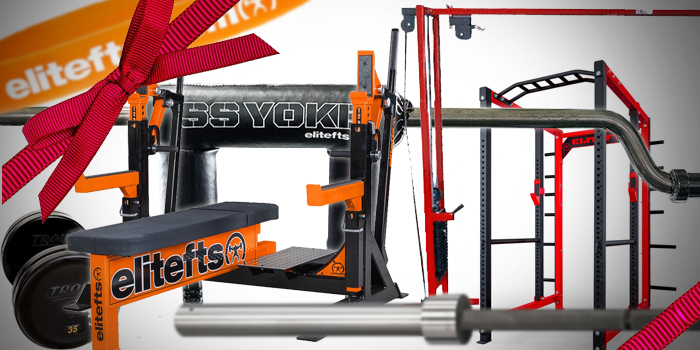
Not every day or even every month, but a few times over the years, I have been contacted by would-be gym owners, seeking my opinion on what is necessary, equipment-wise, to open a facility geared toward powerlifting or strength training. I've even done some real-world consulting work on the subject on more than one occasion and at least one of those facilities is still in business and very successful.
If you know anything about me, you know prioritizing is kind of my thing. As recently as this past week, one of my lifters who trains here at Keyhole Barbell asked for my input on putting together a floor plan of just the necessary items for his own garage set up, which he will use for personal training. I decided to put him in touch with Matt Goodwin at elitefts.
At some point, all of these things started to click and I realized that a good number of people would benefit from me organizing a very basic list of what I think are the ten most important pieces of equipment for a gym owner to have. With the holiday season coming up, some of these would make good gift ideas, too. So, what better time is there for me to put this together than now?
Without further ado, these are the items that no training facility should do without, in order of importance.
Texas Power Bar
This is kind of a no-brainer. It's really hard to lift weights without a barbell. I'm not stuck on a brand for this, there are a few good ones, but the Texas Power Bar is a good multi-purpose bar.
While I am a fan of specificity and using the right tool for the job, benching with a good bench bar, squatting with a good squat bar and, certainly, deadlifting with a good deadlift bar, you still need something to do rows, overhead press, shrugs and other such assistance work with.
This bar is also great for smaller girls to squat or bench with. Probably the same would apply to very small men, although keep in mind that some federations require larger bars to be used in contest. You should train with the bar you will use in competition.
Power Rack
Any of you reading this who run 5thSet (hopefully all of you) know that I am a big fan of pull ups and chin ups as assistance work for the powerlifter. All the lifters at Keyhole Barbell, myself included, do them out of a power rack.
Power racks are also great for rack pulls, barbell rows, shrugs, floor press, overhead press and the list goes on. In a pinch you can even squat out of one. I did for the first ten or twelve years of my lifting career.
This piece of equipment is an absolute staple in any strength training facility.
Competition Bench
Can you slide any old bench into a power rack and bench bench press out of it? Yes.
However, if your facility is going to be used by lifters who compete in the sport of powerlifting, you are probably going to want to invest in a real competition bench. This is going to make life a lot easier in regard to hand offs, spotting, and learning to set up and dig into the pad the way you will on the platform.
Lifting Platform
Whether or not you will have Olympic lifting in your facility, a platform for performing deadlifts is something which should not be undervalued. Hopefully, you will have some really strong lifters training there. They will absolutely drop deadlifts. Sometimes because they fail, other times because they are assholes. But understand that heavy ass deadlifts are going to be dropped at some point. If you prepare for that eventuality, by providing a platform to deadlift on, you won't have to whine like a bitch when it happens. It might make some noise, but it won't damage anything.
Nothing annoys me more than gym owners whining about shit like that. Encourage people to return to the floor with their deadlifts, sure. They have to do it in competition, anyway. And if someone is being disrespectful, by all means, toss them. But if loud noises upset you, find something else to do besides owning a gym. Same goes for crying about chalk. No one cares that you have to vacuum. I vacuum everyday. Comes with the territory.
Dumbbells
There is a list of uses for the standard dumbbell about a mile long and there is not really much that needs to be said here, aside from make sure that your gym has them.
Safety Squat Bar/Yoke Bar
My favorite assistance exercise for the squat, aside from the squat itself, is the SSB squat. You will have a hard time performing these without the bar.
Depending on the angle of the handles, some SSB can be used for a back squat variation, by flipping the bar around and putting the pad across your clavicle and unracking that way. The elitefts SSB/Yoke bar handles are angled in such a way that you can do it, but with some others, where the handles are parallel to the camber, it will basically choke you out. Even when the handles are angled it can be uncomfortable, so why would you do that instead of just back squatting?
It's hands-free. You have the option of using the bar normally, which is similar to a front squat, or backwards to simulate a back squat, and either way can be hands-free.
That's helpful when a lifter has a shoulder, bicep, triceps, or pec injury, or even when recovering from surgery to any of these.
It allows you to continue squatting, even with one or both arms off the bar. I was able to train through two pec tears and a bicep tear using an SSB/Yoke Bar in this manner.
Deadlift Bar
Nowadays, most powerlifting federations use a deadlift bar in competition. This is reason enough for every facility where lifters will train for powerlifting to have one.
Squat Bar
Along the same line of logic as a deadlift bar, you want to train the way you compete. If your facility will house any strong lifters, a standard power bar is not going to cut it. Even six or seven hundred pounds squats will cause so much whip on a regular bar that the lifter will hate their life. A good squat bar is stiff and won't whip. The sleeves are longer so the bar can hold more weight, which is a must for geared lifting.
Reverse Hyper
It's no secret that I believe the reverse hyper is the best assistance exercise for a powerlifter, bar none. In my opinion, doing these will help promote spinal health, prevent injuries, and make you an all around stronger, better lifter.
I can't say enough good things about this this exercise. I fabricated a custom version of this machine for Keyhole Barbell which has the lifter's hands in a position more similar to where they would be for a deadlift. The standard versions of this machine work just as well.
Monolift
The world of modern powerlifting can be broken in two groups at this point: walked out and monolift. There is a lot of contention regarding this topic, but one thing that cannot be debated is that lifters who compete with a monolift should be training in a monolift. That means you need to have one.
I had mine custom fabricated from drawings I made, to suit my own specifications. If you aren't going to do that, which you probably will not, because it's entirely impractical, elitefts has the coolest monolifts I've ever seen, available for order directly off the site.
So get one from us.
Now, I wanted to limit my list to the ten most important things, and for all intents and purposes you could run a great gym with just those, but I'd like to offer some additional insight, as far as ideas for equipment.
Bench Bar
If you will have geared bench pressers or even really strong raw bench pressers in your facility, buy a good bench bar. Even with me taking benches over 500 pounds with my moderately narrow grip, a Texas Power Bar gives me much more whip than I'd like. A good bench bar eliminates that. Also, when you have geared benchers working with upwards of 600 pounds, those extended sleeves are literally a lifesaver when it comes to spotting.
Cable Machine
These are great to have for a variety of assistance exercises as they provide constant tension and allow you to train through many planes of motion.
Bands
Bands are awesome for pull-throughs, pull-aparts, assisted chins, or pull ups, and also as an accommodating resistance device for speed work or as a stimulus variable for just about any barbell or dumbbell exercise.
Specialty Bars
There are a whole bunch of these beyond the SSB I recommended above. Some people would have you believe that these are the most important tools for progress in powerlifting. While I believe they do have some potential benefit, I just don't believe that is entirely true. People were getting "holy shit" strong, long before any of this stuff came in to play. In fact, I was really quite strong before I ever touched any of it.
One of the major tenants of the traveling seminars I do is bringing the focus back to what matters, to the basics, and not getting distracted by the many, many attempts that have been made in recent years to reinvent the wheel. Train with barbells and dumbbells. Make modifications when needed to train around injuries and limitations. Use proven methods and systems. Make nutrition and recovery a priority. THAT'S ABOUT IT.
Everything I just said notwithstanding, there are some specialty bars that can be extremely useful for, you guessed it, "special" applications, like injuries and limitations. My favorites are: Buffalo Bars, Swiss type neutral grip bars, and cambered bars. These are a much lower priority than the items on the list above, but I would definitely have all three of these before even thinking about buying a leg press or any other type of machine like that.
That about wraps things up. I hope you all find this helpful.
MORE: 10 Gifts for the Training-Obsessed Woman










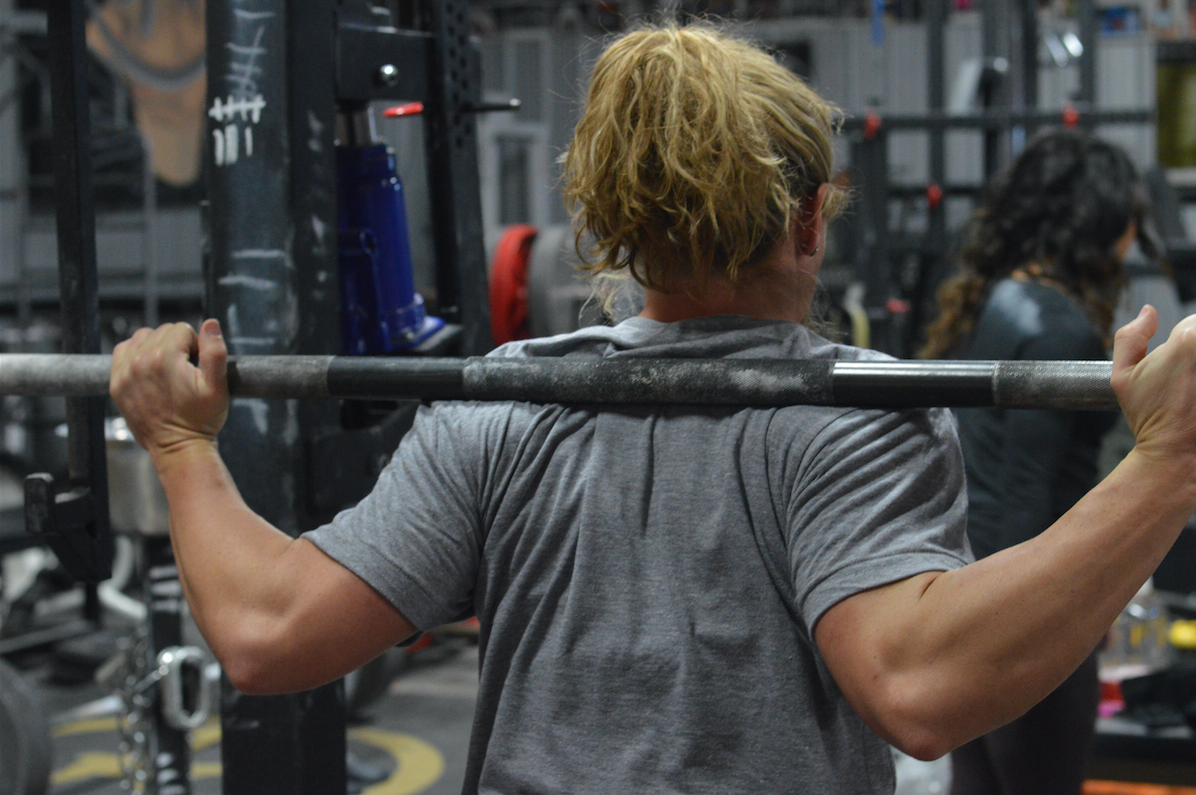
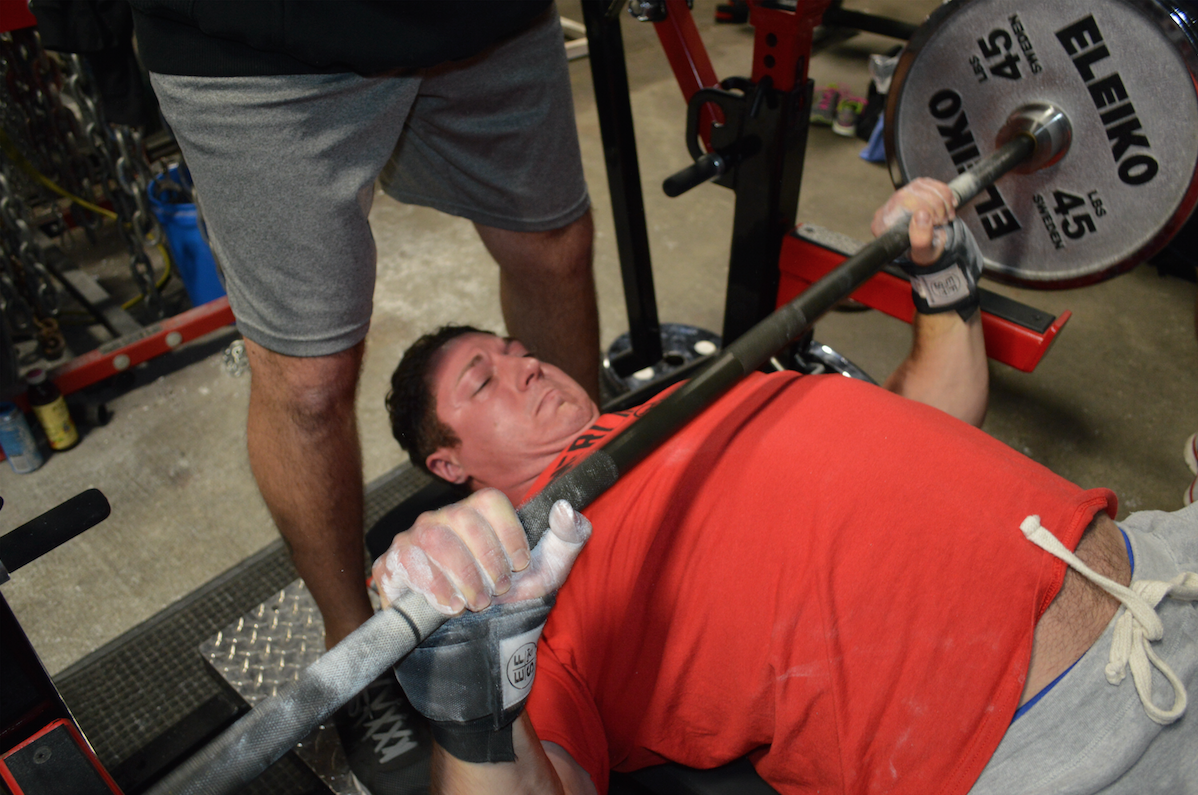
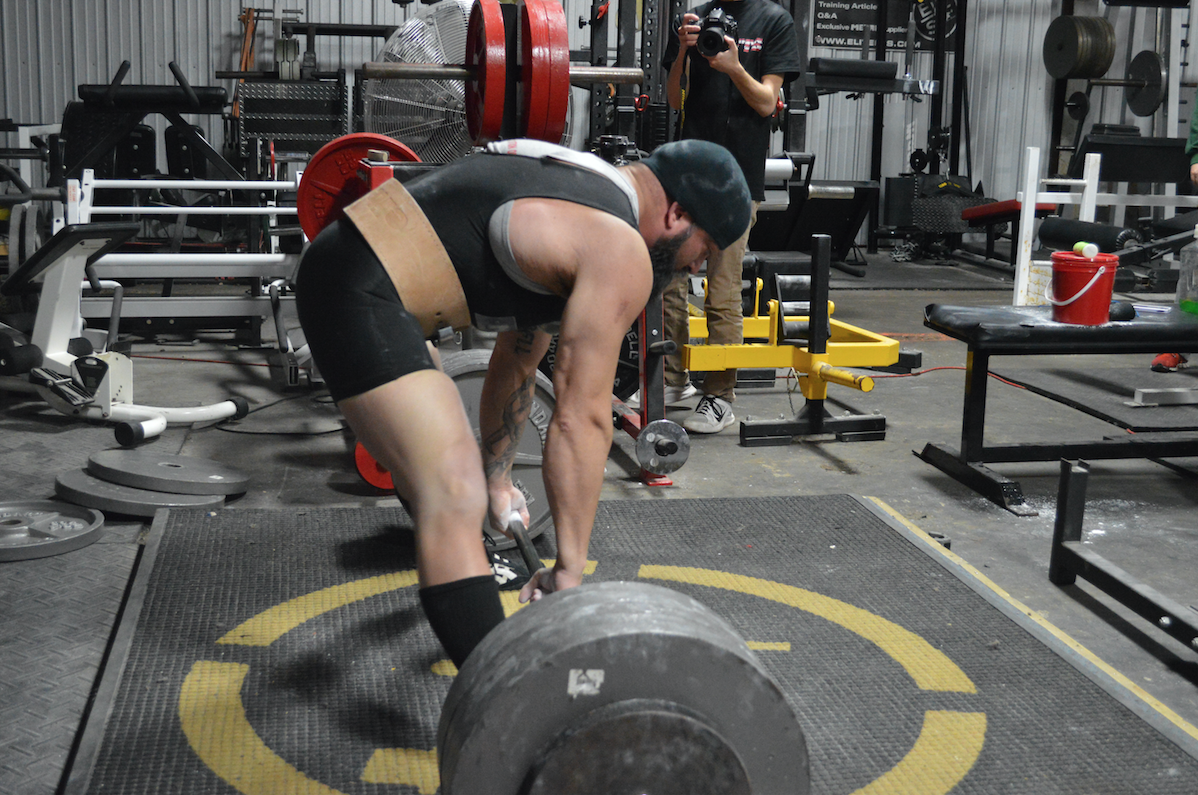
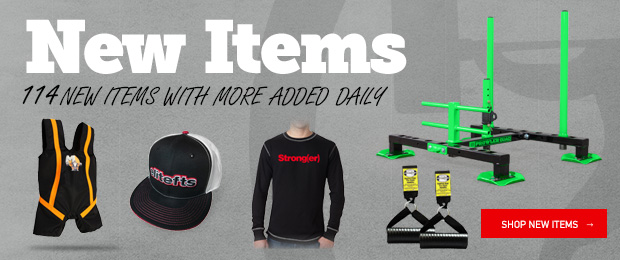
1 Comment